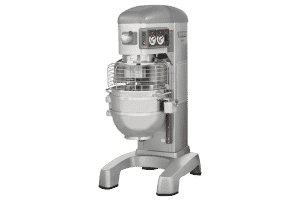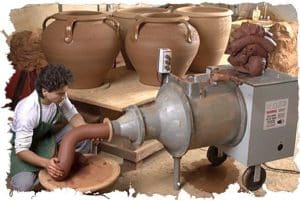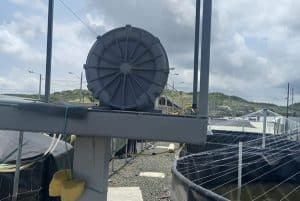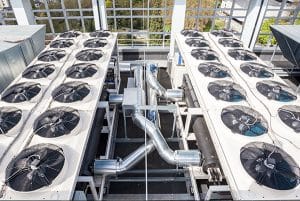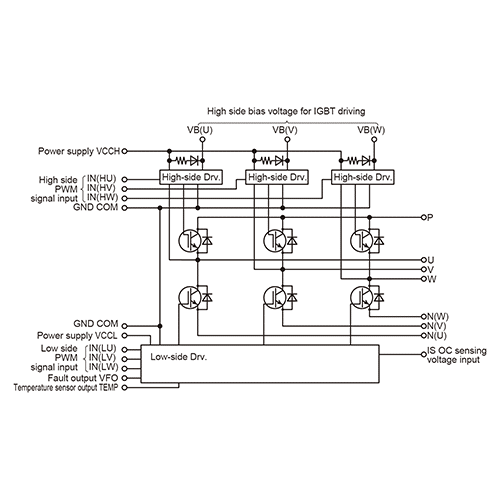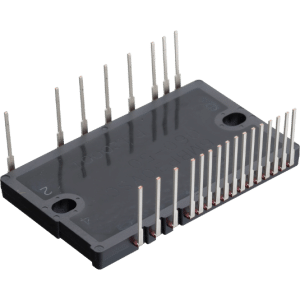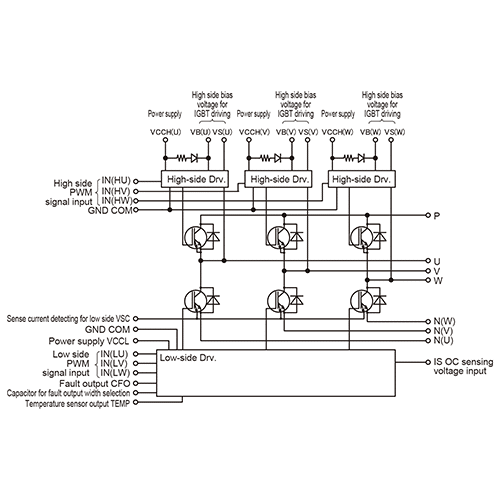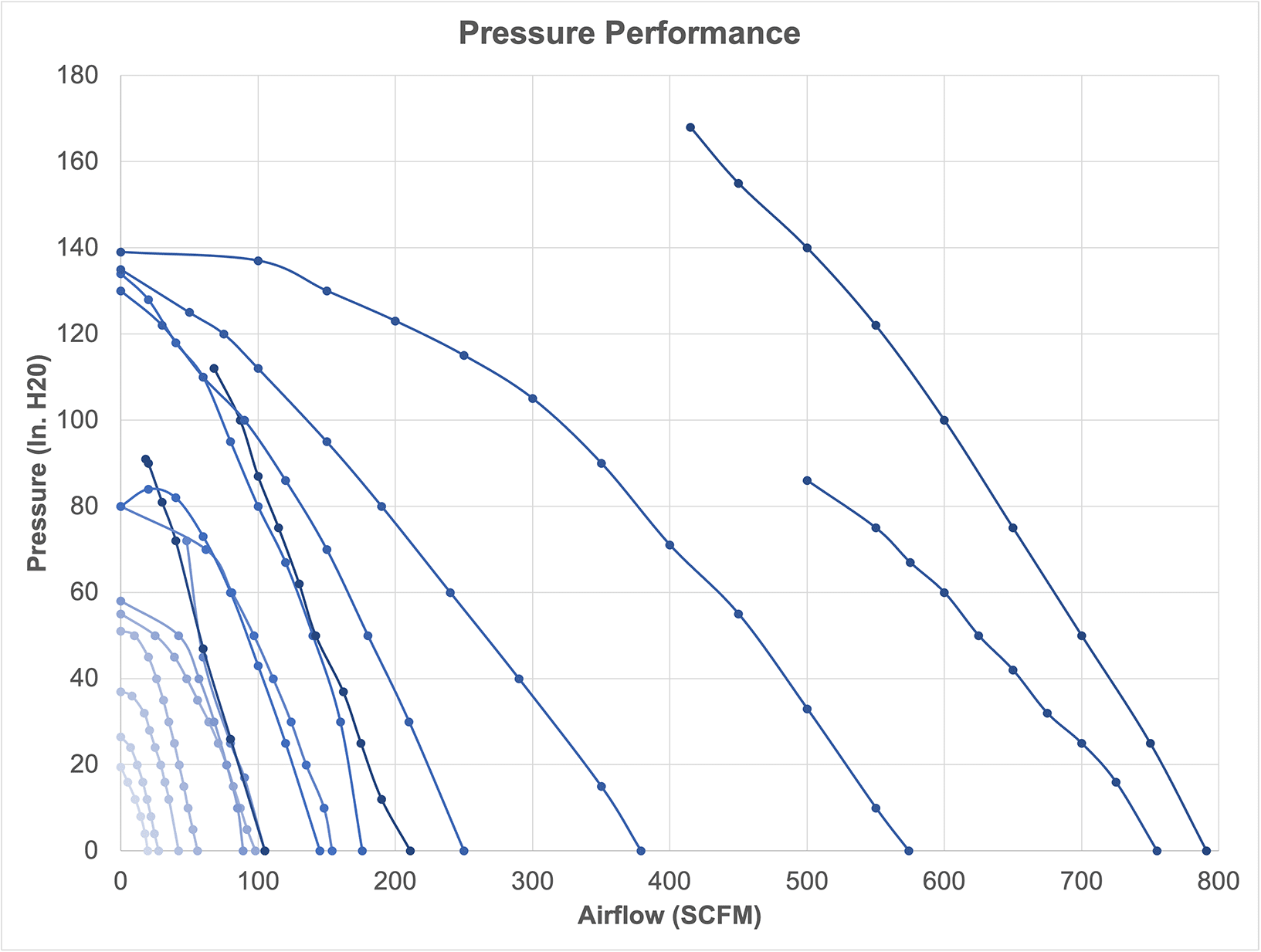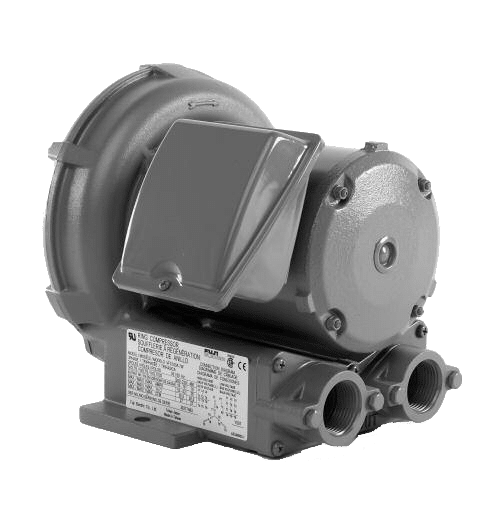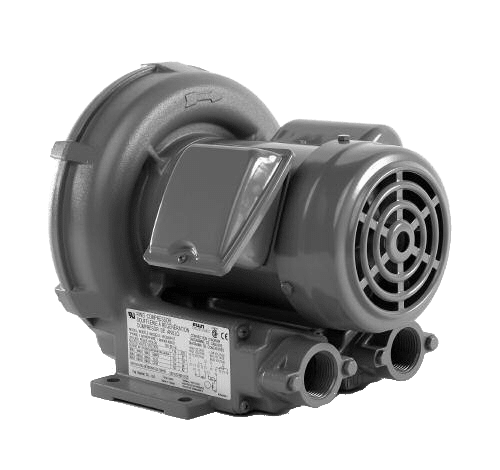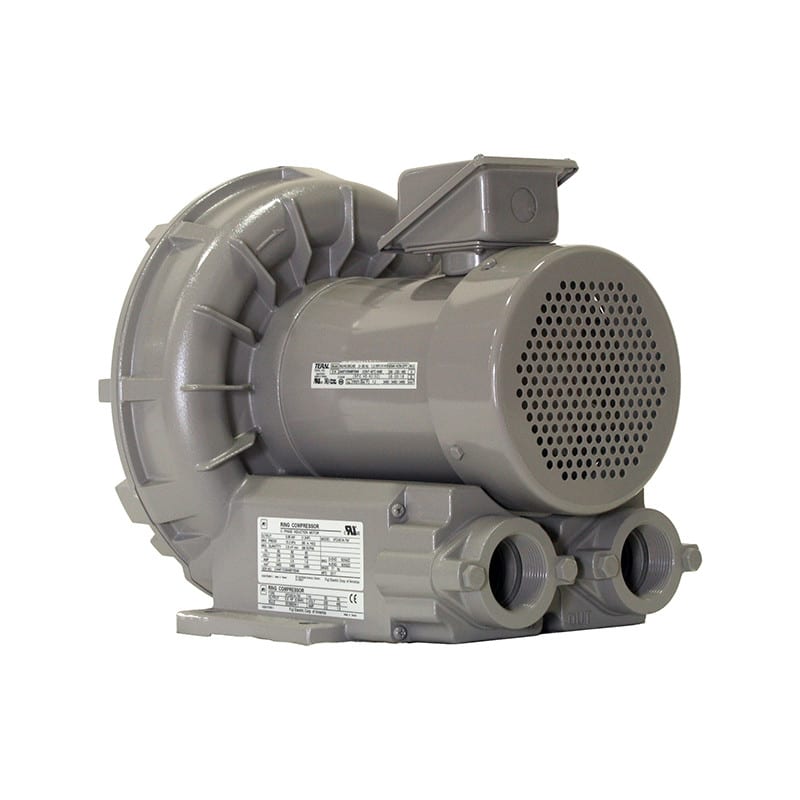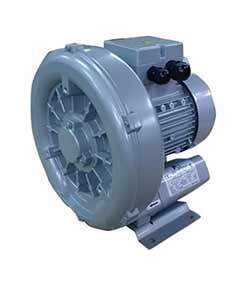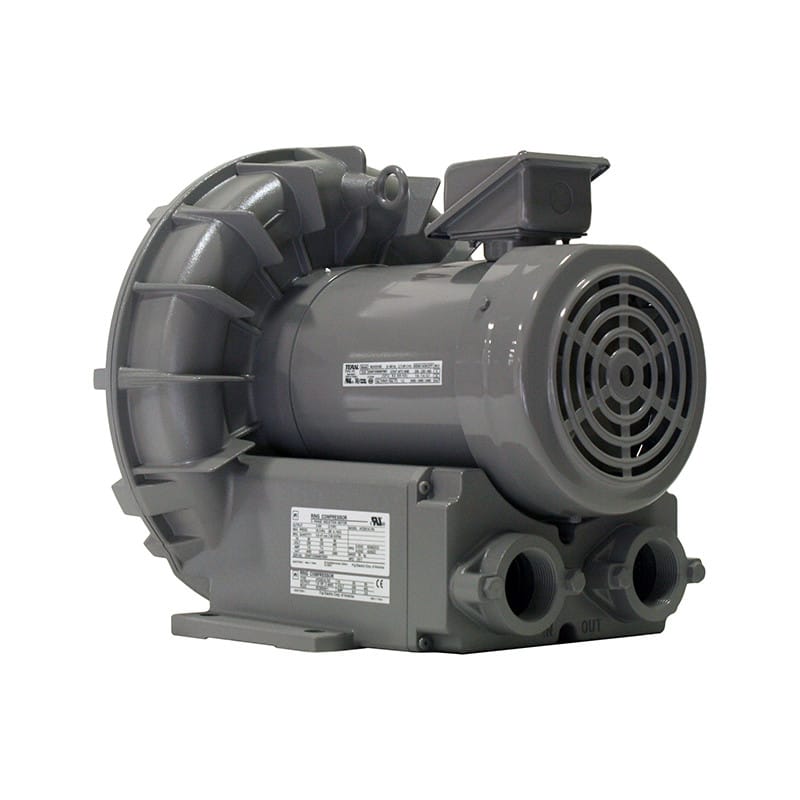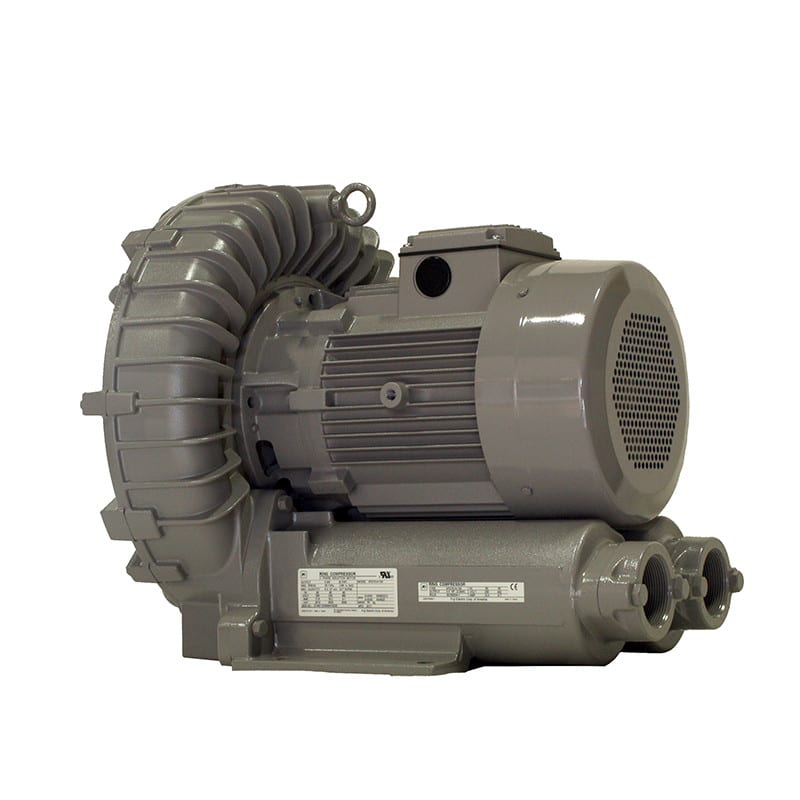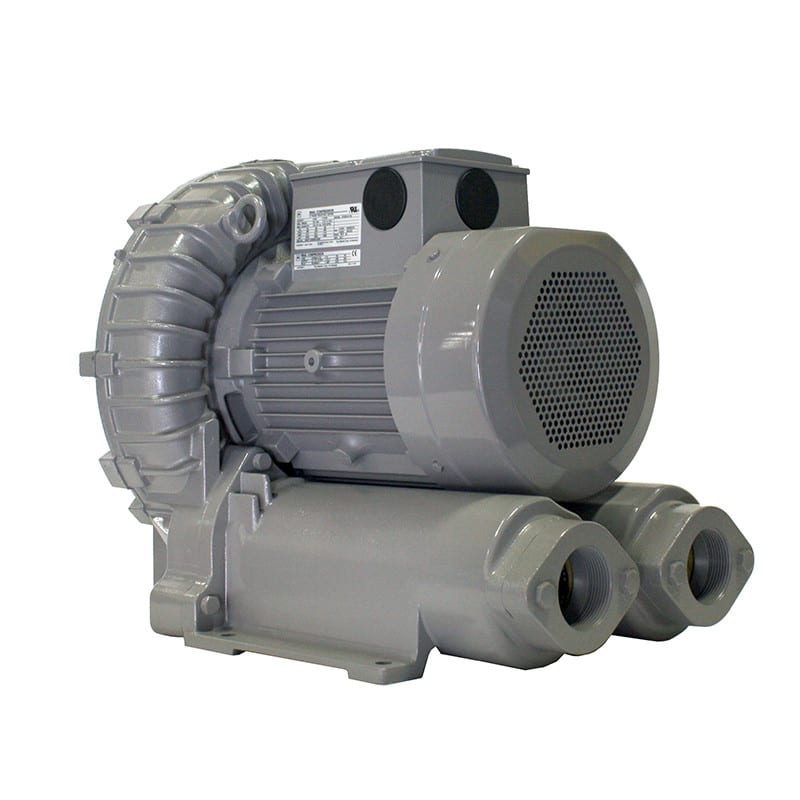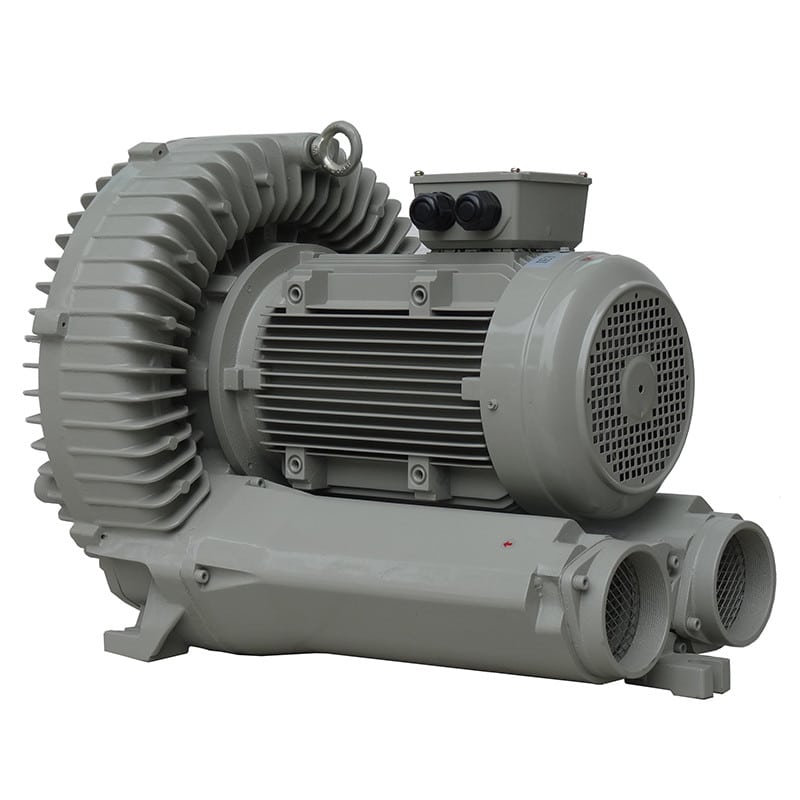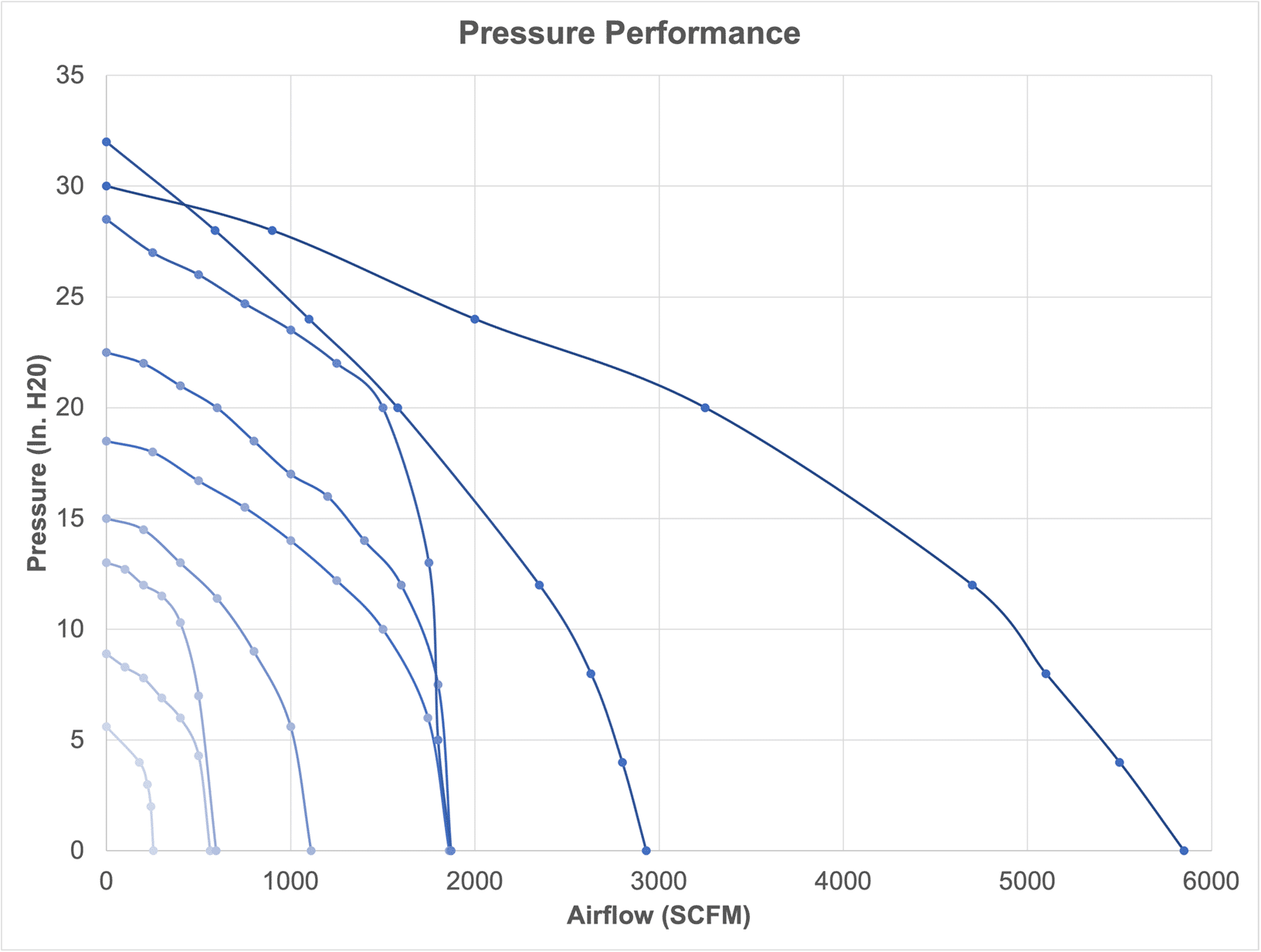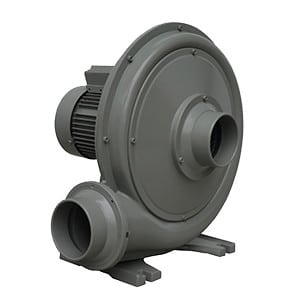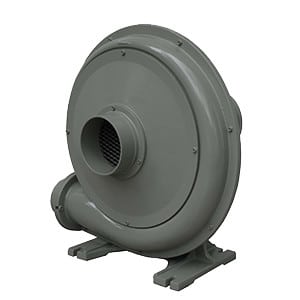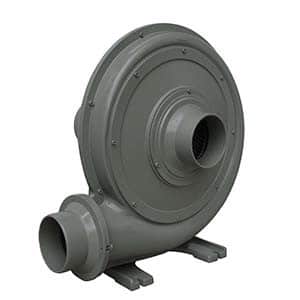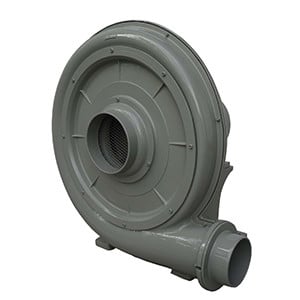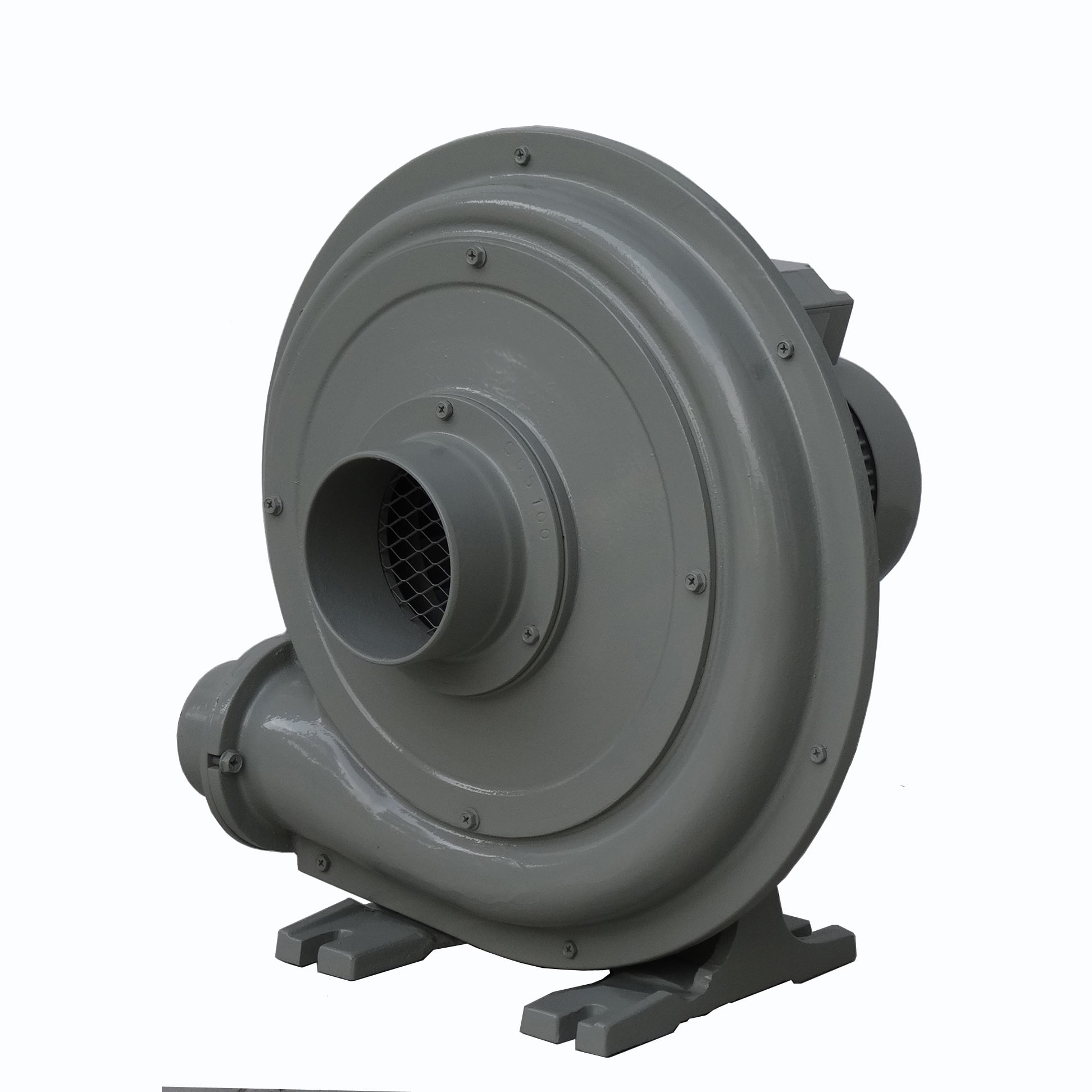You can verify the IGBT by checking the leakage current between G and E, and C and E, using a transistor curve tracer (CT). Simple failure diagnosis can also be done using a voltage, resistance tester in place of a CT. For details, refer to Application Manual Chapter 4-2.
Please contact Fuji Electric Corp. of America or your local sales representative or distributor to answer your question.
Fuji Electric Corp. of America enforces the same quality standard for product management at all locations, regardless of where the manufacturing sites are.
The semiconductor products of Fuji Electric Corp. of America are manufactured at its six sites in Japan (including Matsumoto Factory, Yamanashi Factory, Fuji Electric Power Semiconductor Co., Ltd., and Fuji Electric Tsugaru Semiconductor Co., Ltd.), and three overseas sites (Fuji Electric (ShenZhen) Co., Ltd., Fuji Electric Philippines, Inc., and Fuji Electric (Malaysia) Sdn. Bhd.).
Case temperature (Tc) is the temperature on the module copper base surface right under a semiconductor chip where the temperature is the highest.
Junction temperature is the temperature at joints on a semiconductor chip.
Maximum collector-emitter voltage (VCES) is specified as the maximum rating in the relevant specifications. The voltage should never exceed this value.
Refer to “Part numbers” in the Semiconductors General Catalog.
It stands for Reverse Blocking Insulated Gate Bipolar Transistor. Reverse-parallel connection of RB-IGBT enables both way switching. It is incorporated in AT-NPC (Advanced T-type Neutral Point Clamped) 3-level inverters, to increase the power conversion efficiency because there are less current passing elements.
Conventional IGBT elements are not capable of blocking a reverse-withstand voltage. When an inverter circuit is used to drive an inductive load like in a motor, the load current will continue flowing in the reverse direction (emitter to collector) at the time of switching. This may damage the IGBT. The IGBT is protected by a […]


